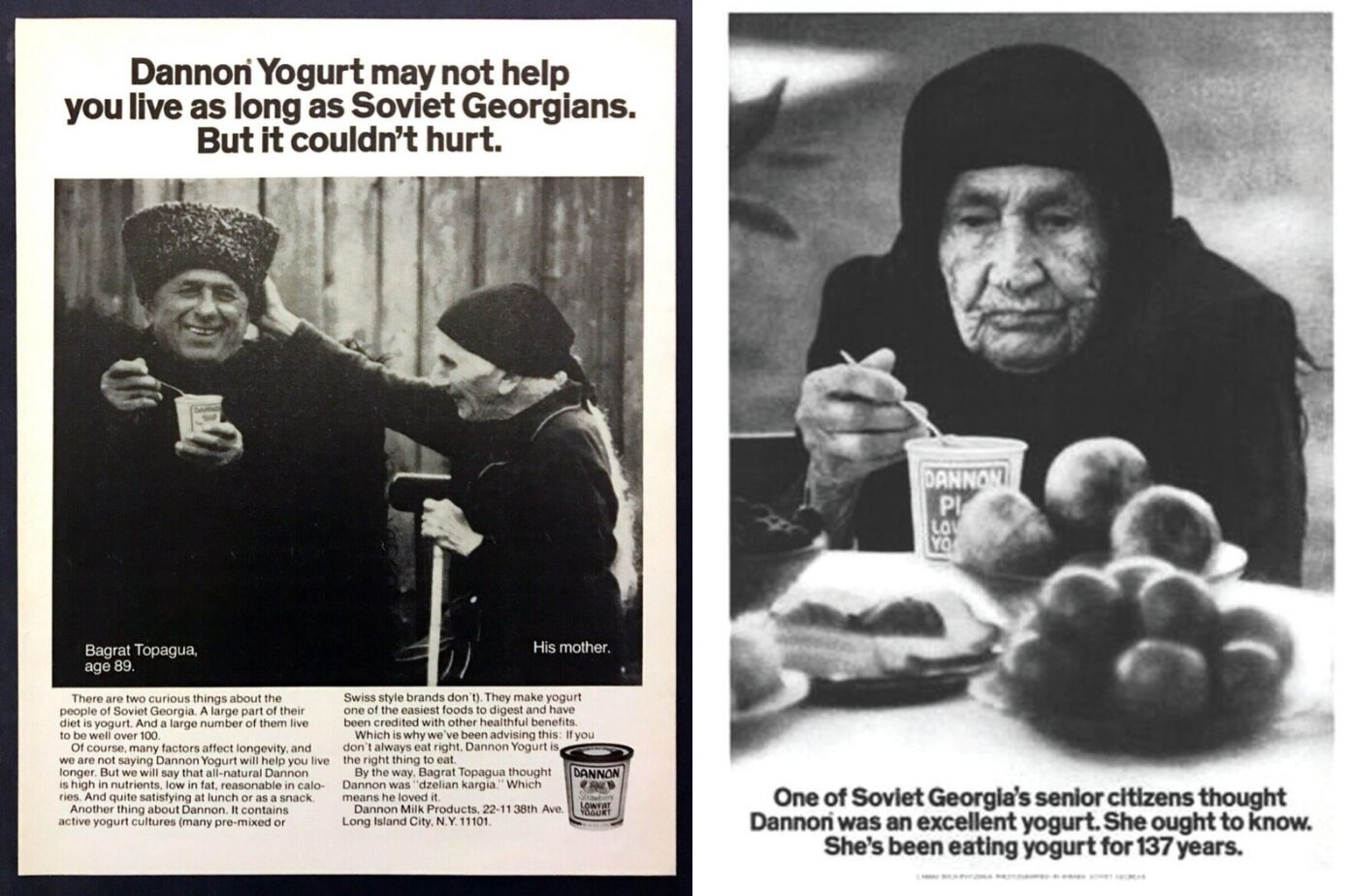Gastropod looks at food through the lens of science and history.
Co-hosts Cynthia Graber and Nicola Twilley serve up a brand new episode every two weeks.
Co-hosts Cynthia Graber and Nicola Twilley serve up a brand new episode every two weeks.

Priya Krishna is a food writer and cookbook author. She wrote about heirloom yoghurt starters among South Asian families for The New York Times, where she also shared her father's coveted starter recipe.
Veronica Sinotte is a professor at the University of Copenhagen, where she studies the ecology and evolution of the microorganisms that cause fermentation. Her paper on ant-fermented yoghurt is titled "Making yogurt with the ant holobiont uncovers bacteria, acids, and enzymes for food fermentation." (Gastropod's in-house microbiologist, Ben Wolfe, introduced us to Veronica's work: he's been busy working on how a cheese rind lost its color—and how that helps unlock the secrets of evolution.)
Medical journalist Luba Vikhanski is the author of the book Immunity: How Elie Metchnikoff Changed the Course of Modern Medicine.

Food writer June Hersh is the author of Yoghurt: A Global History, among other books.
Matthew Wolf-Meyer is a historian of science and medicine and a professor at RPI, as well as the author of the book American Disgust: Racism, Microbial Medicine, and the Colony Within.

This episode of Gastropod was supported by a generous grant from the Alfred P. Sloan Foundation for the Public Understanding of Science, Technology, and Economics. Check out the other books, movies, shows, podcasts, and more that they support here.
This episode of Gastropod was supported in part by the Burroughs Wellcome Fund for our coverage of biomedical research.